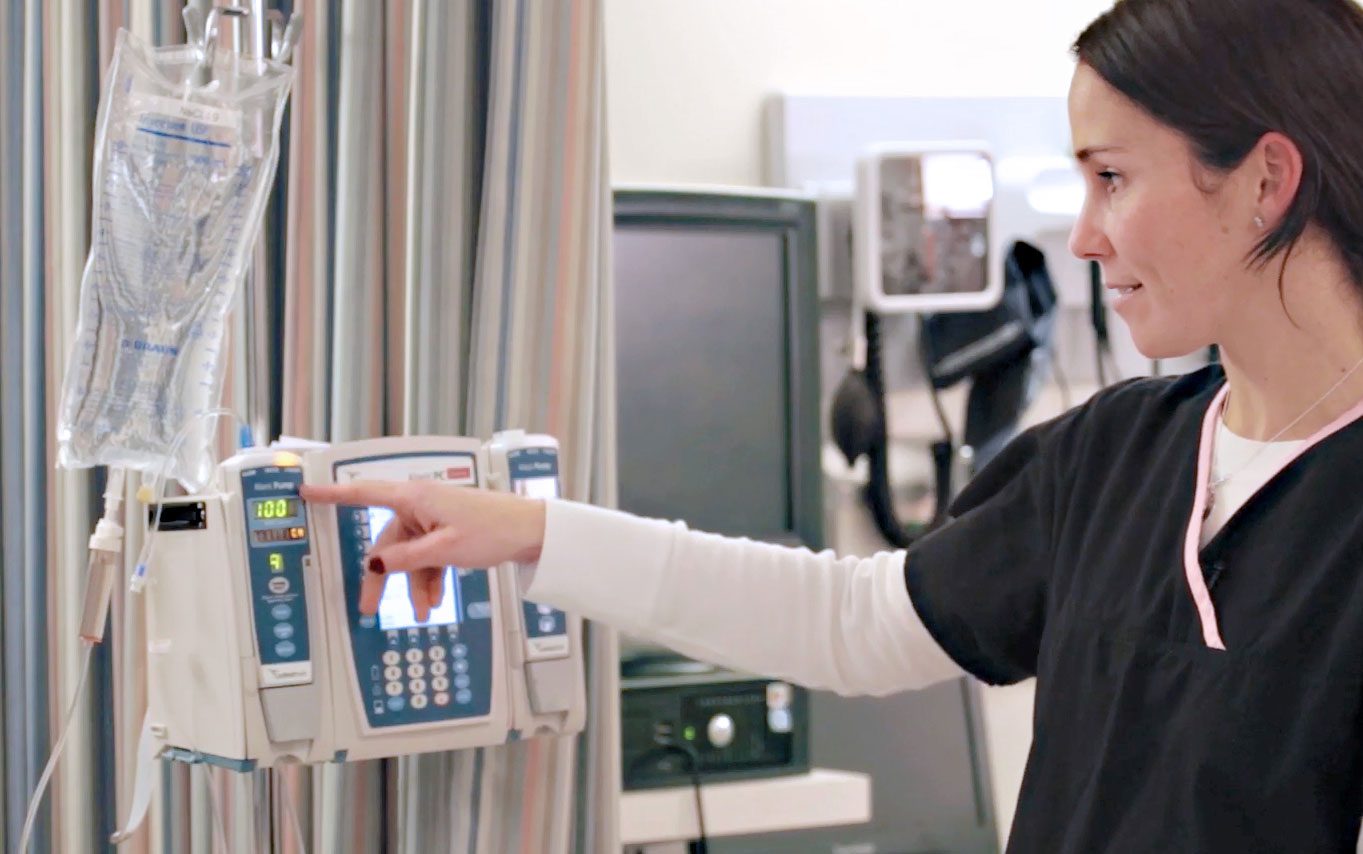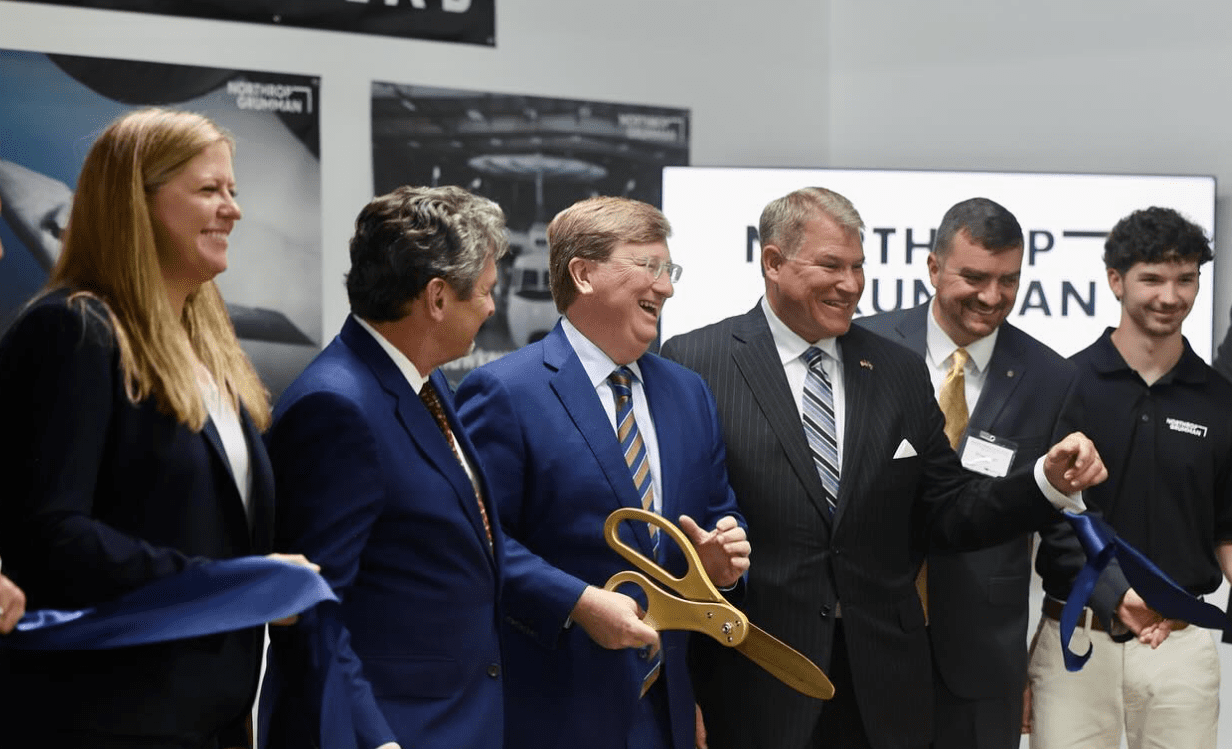
(From magnet.us.edu)
- Mississippi, Alabama, and Georgia forge MAGNET alliance to capture growing EV manufacturing market.
Mississippi Governor Tate Reeves firmly believes the three-state region across the Deep South has what it takes to dominate America’s electric vehicle (EV) future and automaking in general, as auto manufacturers make moves to dodge President Donald Trump’s proposed 25 percent tariffs on imported vehicles.
“Companies across the world are investing billions of dollars into their electric fleets, and we need to be able to make the case that those vehicles should be built here,” Reeves said Tuesday, announcing the Mississippi-Alabama-Georgia Network for Evolving Transportation pact, known as MAGNET. “By bringing together the collective resources and assets of our three states, this partnership will put us at the front of the pack nationally when it comes to innovation in the EV space.”
The regional economic development initiative, based at the University of Alabama, represents an ambitious attempt to leverage the South’s automotive manufacturing dominance into leadership in EV production.
The partnership brings together governors (all three Republicans), utility company executives, and university presidents from three states that collectively produced 1.9 million vehicles in 2023.
The universities include Mississippi State University and the University of Georgia.
The utility providers include CEOs of Mississippi Power, Southern Company, Alabama Power, and Georgia Power.
Manufacturing Powerhouses Pool Resources
The numbers underscore the region’s manufacturing might. Mississippi employs approximately 156,850 manufacturing workers across 2,124 facilities, with automotive-related manufacturers accounting for more than 15,000 skilled workers. (Nissan currently employs approximately 4,300; Toyota employs approximately 2,400.) Transportation equipment manufacturing represents 16 percent of the state’s industrial workforce, making it Mississippi’s top manufacturing sector.
Alabama’s automotive sector has grown drastically since Mercedes-Benz opened the state’s first major auto assembly plant in 1997. The state now employs around 47,000 automotive workers, including 26,000 in its expanding supplier network of 150 major companies. Alabama’s three assembly plants have a combined production capacity of 1.3 million vehicles and 1.5 million engines annually. (Toyota in Huntsville does not manufacture automobiles.)
Georgia’s automotive manufacturing history dates back to 1909, when the first automobile was assembled in the Peach State. Ford established its southeastern operations headquarters in Atlanta in 1915, followed by General Motors plants in the 1920s. Today, the state hosts recent facilities including Kia’s West Point assembly plant and the newly opened Hyundai Motor Group Metaplant America’s (HMGMA) facility.
Over the past decade, however, the manufacturing landscape has faced challenges. Mississippi has experienced a 36.4 percent drop in manufacturing employment since 2000, ranking as the eighth-largest decline in the nation. Current manufacturing employment stands at approximately 140,400 workers, down from a peak of 246,700 in 1995.
Tentative Economic Patterns
President Trump’s approach to EV production creates uncertainty, particularly at the HMGMA, Georgia’s largest economic development project. His executive orders have targeted the “EV mandate,” removing the $7,500 federal tax credit for EV purchases that ends September 30, and scaling back EPA emissions that incentivized auto manufacturers to produce more EVs.
Despite these policy shifts, Hyundai released a statement that says the company remains “focused on electrification in the U.S. because it’s where we see significant opportunity for long-term growth.”
Also, the partnership announcement comes as some regional manufacturers face headwinds. Nissan’s Canton, Mississippi plant — the state’s flagship automotive facility since opening in 2003 – has experienced multiple rounds of workforce reductions. The plant, which once employed more than 6,000 workers, has cut positions several times since 2019.
Most recently, Nissan offered voluntary buyout packages to workers in January as part of a global restructuring that includes eliminating 20,000 jobs worldwide through 2027. The company reduced production shifts at both its Canton and Smyrna, Tenn. plants, citing market demand challenges and the need to align production with inventory levels.
The struggles at Canton reflect broader industry pressures. Nissan has faced declining sales for vehicles manufactured there, including the Titan pickup truck, while the company invests $500 million to retool the facility for EV production.

Building on Deep Roots
Each state brings distinct automotive heritage to the partnership. Mississippi’s first major automotive plant was Nissan’s Canton facility, established in 2003 with significant state incentives totaling $1.3 billion in the first decade. In 2011, Toyota opened a manufacturing facility in Blue Springs.
Alabama’s automotive journey began when Mercedes-Benz selected Tuscaloosa in 1993 for its only U.S. assembly plant, launching what would become an automotive manufacturing boom. Honda followed with its Lincoln plant in 2001; Hyundai opened its Montgomery facility in 2005.
Georgia’s automotive manufacturing historic foundation seems strongest, with Ford opening its Atlanta assembly plant in 1915 to serve southeastern markets. General Motors followed with the Lakewood Assembly in 1928, and the Doraville Assembly in 1947, even though both GM plants eventually closed: Lakewood in the 1990s, Doraville in 2008.
Regional Partnerships Gain Momentum
MAGNET joins a growing number of multi-state economic development pacts, though few focus specifically on manufacturing. The National Science Foundation’s Regional Innovation Engines program, which includes MAGNET among 29 semifinalists, encourages similar regional approaches to economic development.
The Manufacturing Extension Partnership (MEP) operates multi-state centers in all 50 states and Puerto Rico, with regional collaborations like Ohio’s network that includes MAGNET, TechSolve, and other centers. During the COVID-19 pandemic, states formed temporary regional purchasing syndicates for personal protective equipment and reopening coordination.
However, formal three-state manufacturing partnerships focused on specific industries remain relatively uncommon, making MAGNET’s automotive and EV focus distinctive among regional economic development efforts.
“This tri-state initiative will create a premier research and development hub for research-enabled mobility innovation that drives economic and workforce development,” said University of Alabama President Peter J. Mohler.
The partnership faces the challenge of coordinating across state boundaries while competing for the same automotive investments. Success will likely depend on the region’s ability to present a unified value proposition to manufacturers considering where to build the next generation of EV facilities.
Alabama Governor Kay Ivey emphasized the region’s existing strength, saying, “With virtually every auto manufacturer across the globe actively electrifying their fleets, we must position ourselves at the forefront of this transformation.”











